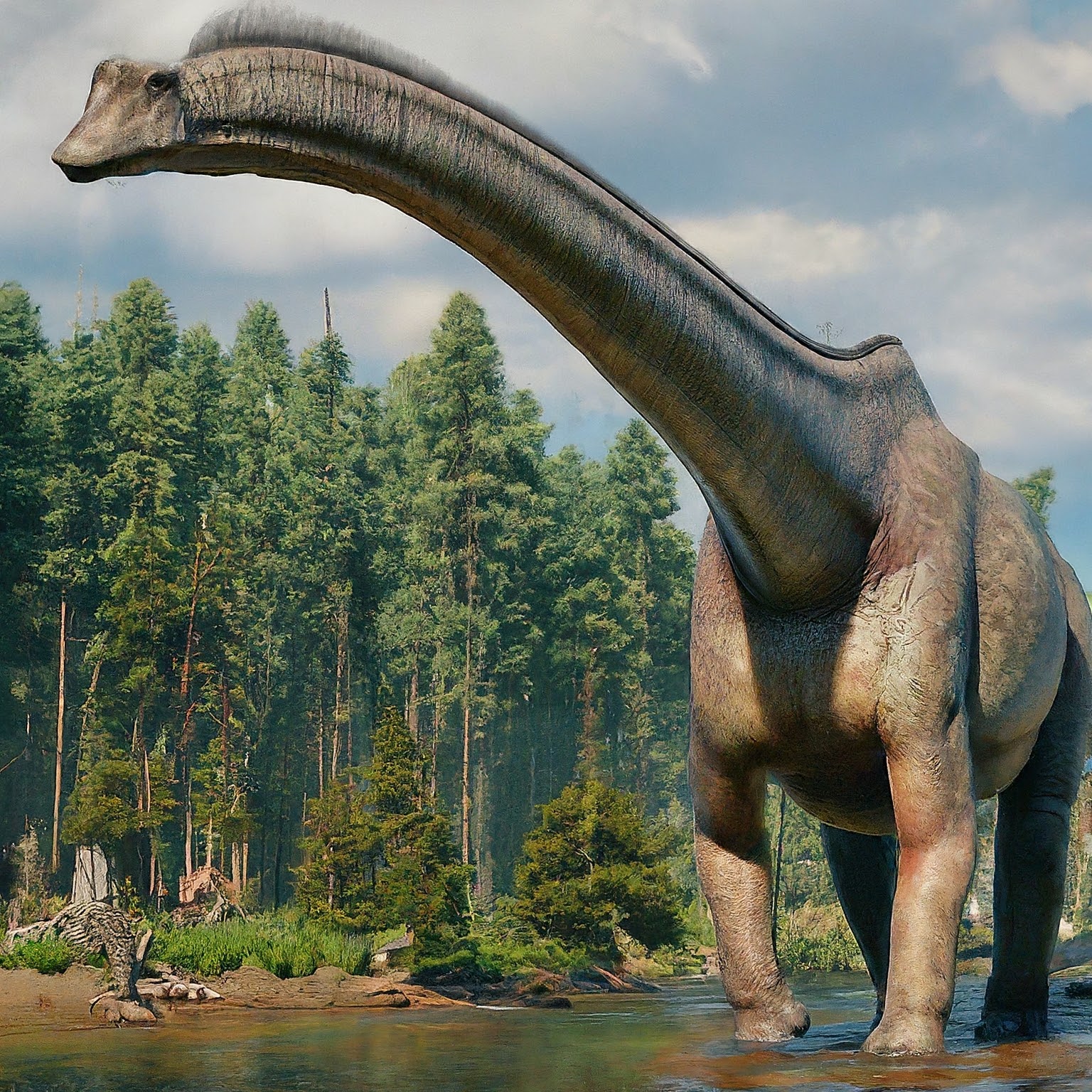Research shows that the average brain of a human being weighs about a kilogram and a half. That is about 3.30693 pounds for the metric system renegades living in North America. Your typical African elephant carries at least twice that size of brain in its head.
Now, if one plus one were equal to two, these “tuskys” behemoths should be more intelligent than humans. Elephants have both the body and brain size to dominate over their little human counterparts. So why don’t they?
Inside the Cranium, Math is Not Linear
It would appear that intelligence math is not as simple as the bigger the brain, the smarter the animal. Though that is the natural thing to think, isn’t it? If that were the case, then the crown for smarts should not even go to any land-dwelling giants, for the sea waters host even bigger giants.
Take, for instance, the baleen whale, which has a brain mass of 7 kilograms (15.43 lbs), more than four times the size of a human brain. Yet, researchers say, the baleen whale is not only “NOT” smarter than an elephant; it does not even begin to parallel a human.
Don’t get things wrong. Baleen whales are not by any measure stupid. They sing one of the most sophisticated songs as a way of communication seen in most animals. They are not as sophisticated as humans, of course, but complex enough for anyone not to label them stupid.
Brain-Size Relative to Body-Size
The baleen whale’s brain – weighing in at 7kgs (15.43lbs) – might be the biggest of the animals mentioned above, but it accounts for just 0.005% of their entire body mass. By comparison, a human’s brain weighing in at 1.5kgs (3.31lbs) accounts for 2.5% of our body mass.
Does that mean that the higher the brain-to-body mass ratio determines the animal’s intelligence? The simple math of one plus one equals two again fails to hold up in this equation.
Let me introduce the humble shrew, which has a brain-to-body mass ratio of 10%. If there were some truth to the brain-to-body mass ratio, the shrew should be the most intelligent animal mentioned thus far in this article. Well, it is not smarter, not even close, despite having the most enormous brain-to-body mass ratio thus far in this list.

It is interesting to note that small-bodied animals tend to have a significantly higher brain-to-body mass ratio than big-bodied animals. For example, the humongous sauropod dinosaur is said to have a brain-to-body mass ratio of 1%.

Encephalization Quotient (EQ)
So, we have established that the brain-to-body mass ratio is not a correct measure of intelligence. Scientists have again devised another metric called the encephalization quotient (EQ), which measures the brain’s size to its predicted size.
Research shows that when comparing different animals’ brain sizes, EQ has proven to some extent to be a reliable measuring stick for intelligence. Here’s how different animals rank up:
- Humans: With an EQ of around 7.6, humans top the list, showcasing our exceptional cognitive abilities and complex social behaviors.
- Tucuxi (Sotalia fluviatilis): This South American species of freshwater dolphin ranks high on the EQ scale, highlighting its intelligence and adaptability to river environments.
- Bottlenose Dolphin (Tursiops truncatus): Known for their remarkable problem-solving skills and social complexity, bottlenose dolphins boast a high EQ, indicating advanced cognitive abilities.
- Orca (Orcinus orca): Also known as killer whales, orcas possess a high EQ, reflecting their sophisticated social structures, hunting strategies, and learning capacity.
- Chimpanzees (Pan troglodytes): Close relatives of humans, chimpanzees exhibit complex social behaviors, tool use, and problem-solving abilities, earning them a notable EQ.
- Elephants (Elephantidae): Despite their massive size, elephants display high levels of intelligence, emotional awareness, and social cohesion, resulting in a relatively high EQ.
- Cetaceans (Whales and Dolphins): Generally, various species of whales and dolphins, such as sperm whales, pilot whales, and certain dolphin species, exhibit elevated EQs, indicating their advanced cognitive capacities and social structures.
- Corvids (Ravens, Crows, and Jays): Members of the Corvid family are known for their exceptional problem-solving skills, tool use, and complex social behaviors, contributing to their high EQ.
- Great Apes (Orangutans, Gorillas, and Bonobos): Alongside chimpanzees, other great apes demonstrate high levels of intelligence, tool use, and social complexity, resulting in notable EQs.
- Octopuses (Octopus spp.): Despite their vastly different evolutionary trajectory from vertebrates, octopuses exhibit remarkable problem-solving abilities, learning capabilities, and behavioral flexibility, leading to a relatively high EQ among invertebrates.
The Inconsistency with Brain Size, Brain-to-Body Ratio, and EQ
Not one metric mentioned above holds up each time, all the time. All these metrics measure the brain mass, but there is a lot that goes on inside the brain that has nothing to do with intelligence.
For instance, most brain mass inside animals like whales and dolphins is just insulating blubber. Each animal mentioned above has a significant mass of its brain dedicated to nothing related to intelligence.
We should pay attention to just the part of the brain tasked with cognitive intelligence: the cerebral cortex. This is the part of the brain that processes senses, abstract thoughts, and finely controlling movements, among other higher brain functionalities.
Only Mammals have Cerebral Cortex
Even when considering the cerebral cortex, using it as a yardstick for measuring intelligence is unfair. For one, it only exists in mammalian animals. Birds certainly don’t have this part of the brain per se, as their equivalent is the dorsoventricular ridge (DVR).
Number of Cortical Neurons
A section of scientists argues that the most reliable predictor of intelligence lies in counting the number of cortical neurons inside the brain. That is the total number of nerve cells within the cerebral cortex (or their equivalent for the case of DVR).
Based on that yardstick, humans top the list with at least 16 billion cortical neurons. Despite having twitch the brain mass as humans, elephants have a count of at least 5 billion cortical neurons.
The math is, again, ‘not mathing’ even under this yardstick. Orcas are said to have 43 billion cortical neurons, which is quite astounding. So this metric, again, doesn’t hold water all the time.

Measuring intelligence among Earth-dwelling animals is a more philosophical and hard-core measurable science. But there is no denying that humans top the list in practical demonstration of intelligence.
Wrapping up …
So, to answer our initial question, elephants have bigger brains than you, so why aren’t they smarter than you? We have seen that bigger brain size has nothing to do with intelligence. You are smarter than all the animals on Earth simply because your brain possesses a higher cognitive ability.
Humans are Not the Fastest, Strongest. So Why don’t Animals Kill Us More?



